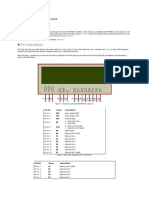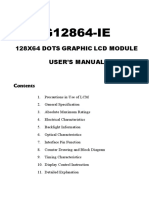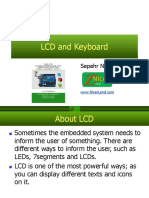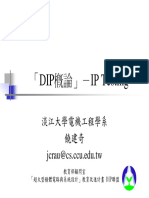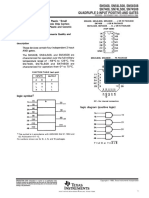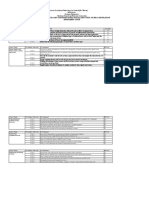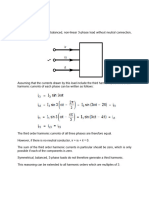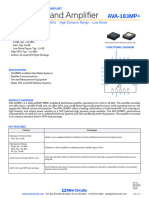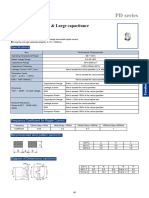100% found this document useful (1 vote)
187 views69 pagesEmbedded System - Interfacing With 8051
The document discusses interfacing keyboards and displays with the 8051 microcontroller. It covers various keyboard configurations like lead-per-key and matrix keypads. It also discusses robust keyboard operations through hardware debouncing, software debouncing, and interrupt-based scanning. The document also covers interfacing analog to digital converters, digital to analog converters, 7-segment LED displays, and LCD displays. It provides circuit diagrams and algorithms for reading keyboard inputs and driving various displays with the 8051.
Uploaded by
DevashishCopyright
© © All Rights Reserved
We take content rights seriously. If you suspect this is your content, claim it here.
Available Formats
Download as PDF, TXT or read online on Scribd
100% found this document useful (1 vote)
187 views69 pagesEmbedded System - Interfacing With 8051
The document discusses interfacing keyboards and displays with the 8051 microcontroller. It covers various keyboard configurations like lead-per-key and matrix keypads. It also discusses robust keyboard operations through hardware debouncing, software debouncing, and interrupt-based scanning. The document also covers interfacing analog to digital converters, digital to analog converters, 7-segment LED displays, and LCD displays. It provides circuit diagrams and algorithms for reading keyboard inputs and driving various displays with the 8051.
Uploaded by
DevashishCopyright
© © All Rights Reserved
We take content rights seriously. If you suspect this is your content, claim it here.
Available Formats
Download as PDF, TXT or read online on Scribd
/ 69





